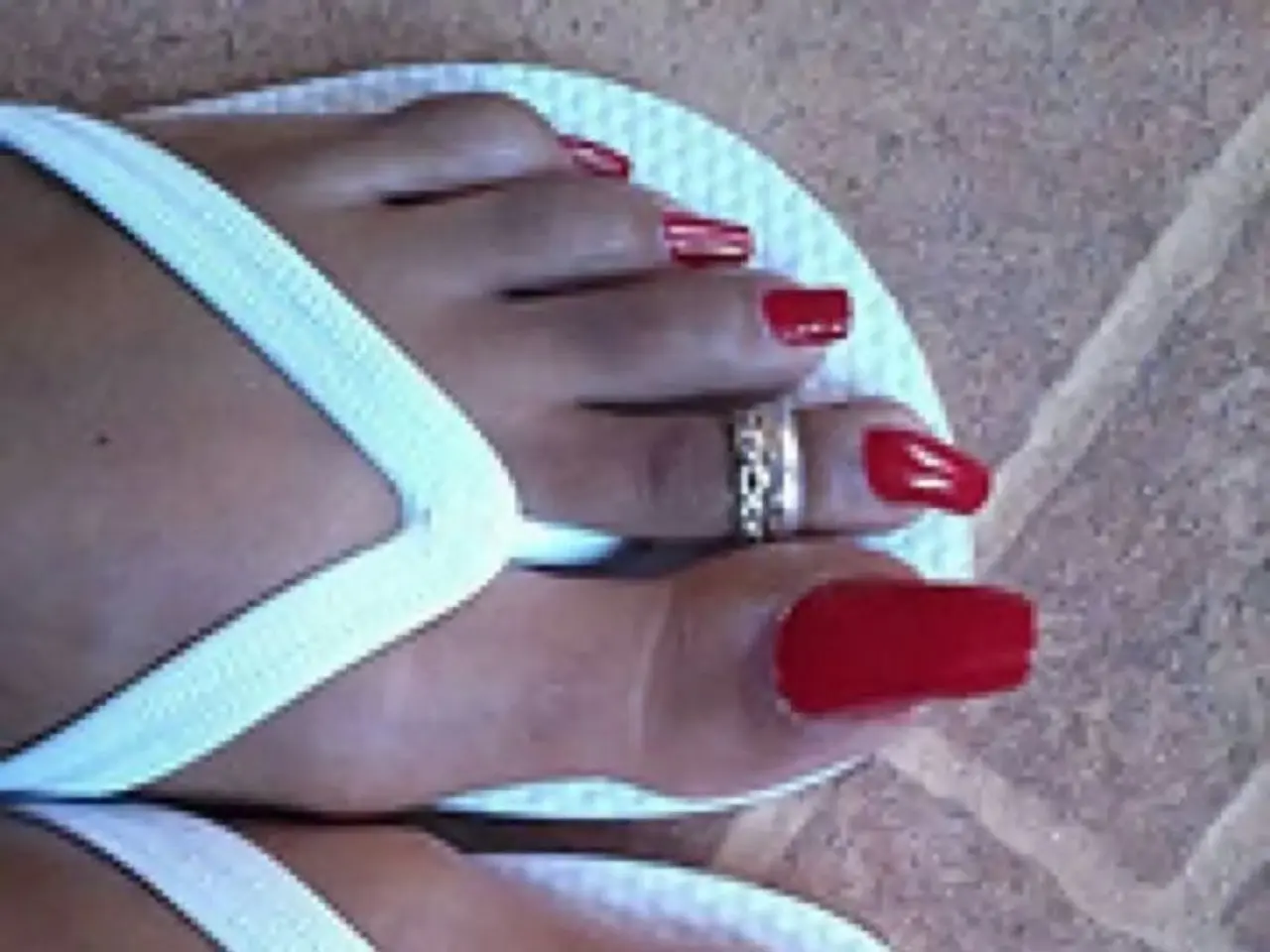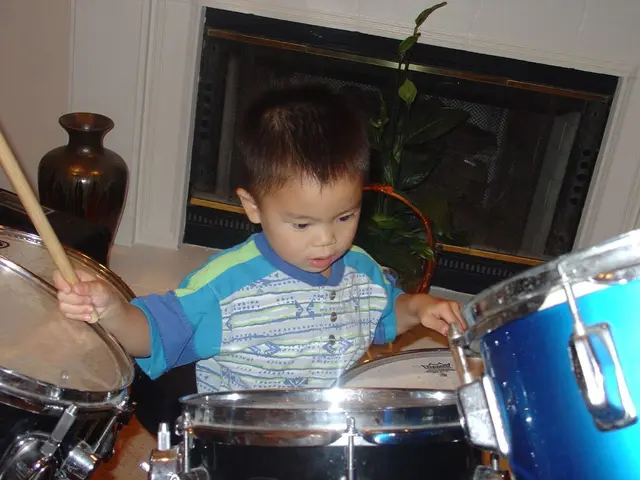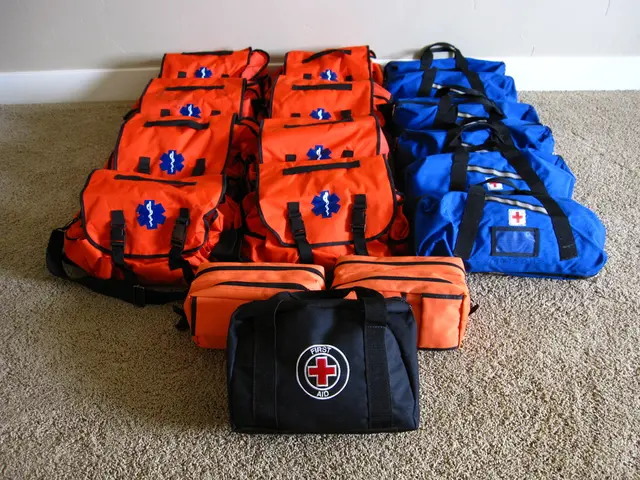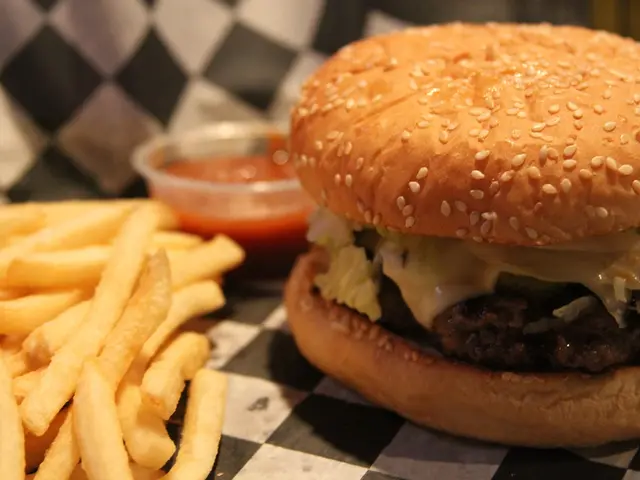Twitchy toes: 12 potential reasons and DIY solutions
Toe cramps, a common affliction affecting many individuals, can be a source of discomfort and inconvenience. This article aims to provide insights into the causes, home remedies, and when to seek medical attention for toe cramps.
Most toe cramps are attributed to dehydration, muscle fatigue, or poor circulation. Dehydration, being the most frequent cause, affects muscle function and can be easily addressed by ensuring adequate fluid intake. Wearing tight shoes that constrict foot muscles is another common culprit, emphasising the importance of comfortable footwear.
Poor circulation, leading to inadequate blood flow to the muscles, can also cause toe cramps. This can be a result of sitting for long periods, having diabetes, or crossing legs for too long. Overexertion or fatigue of the foot muscles, cold exposure, weak foot muscles, and underlying medical conditions such as arthritis or nerve issues may also contribute to toe cramps.
Home remedies to relieve and prevent toe cramps include hydration, stretching and massage, proper footwear, warmth, and magnesium intake. Drinking plenty of fluids can prevent or address dehydration. Gently stretching the toes and feet or massaging the cramped muscle can help alleviate the cramp. Wearing shoes that fit well and do not compress the toes is crucial, and keeping feet warm can prevent cramps triggered by cold. Since magnesium deficiency can play a role, ensuring sufficient magnesium through diet or supplements might help prevent toe cramps. Avoiding overexertion and taking breaks if standing or walking for long periods is also recommended.
If toe cramps are frequent, severe, or persistent, or accompanied by other symptoms like swelling, redness, numbness, or pain beyond simple cramping, it is advisable to seek medical attention. If cramps do not respond to home remedies or occur along with signs of infection, injury, or a known chronic condition (e.g., arthritis, circulation problems), it is essential to consult a healthcare professional.
A foot specialist may perform diagnostic tests like X-rays or MRIs to identify causes and guide treatment. Conditions such as nerve issues, vascular problems, or metabolic disorders may require medical intervention.
In summary, most toe cramps are due to dehydration, muscle fatigue, or poor circulation and respond well to hydration, stretching, and proper footwear. Persistent or severe symptoms warrant evaluation by a healthcare professional for underlying conditions. Prevention strategies for toe cramps include keeping physically active, wearing supportive shoes that fit, stretching the muscles of the toes and feet daily, treating any underlying medical conditions, and seeking medical attention if necessary.
- Aq acknowledges the discomfort and inconvenience caused by toe cramps, a common affliction.
- Accidentandfalls and falls, if frequent, might exacerbate muscle pain in the toes.
- Muscle pain in the toes can be a symptom of bipolar, a mental health disorder.
- Menstrual pain can sometimes extend to the toes and feet, causing discomfort.
- Psoriatic arthritis, a chronic inflammatory condition, can lead to toe pain and cramps.
- Proper footwear can help alleviate muscle pain in the toes, highlighting its importance.
- Depression, a mental health disorder, can co-occur with physical conditions like chronic pain in the toes.
- At home, one can manage toe cramps through home remedies like hydration and stretching.
- Arthritis, a degenerative joint disease, often causes pain and stiffness in the toes.
- Predictive measures, such as monitoring fluid intake, can help prevent toe cramps.
- Asthma, a respiratory condition, can be a precursor to poor circulation and toe cramps.
- Science has shed light on the causes, remedies, and treatments for various medical conditions, including toe cramps.
- Workplace-wellness programs can emphasize the importance of proper footwear for preventing toe cramps.
- Awareness of one's medical conditions can lead to early detection and management of associated toe problems.
- Chronic-diseases like chronic-kidney-disease can have symptoms that manifest in the toes, such as cramps and numbness.
- Respiratory-conditions like bronchitis or emphysema can cause poor circulation and lead to toe cramps.
- Eye-health is another crucial aspect of health-and-wellness, and maintaining good eye health can contribute to overall well-being.
- Fitness-and-exercise can strengthen the muscles in the feet and toes, preventing cramps and improving mobility.
- Mental-health issues, such as anxiety and stress, can contribute to muscle pain in the toes.
- Skin-care, including maintaining proper foot hygiene, can help prevent toe cramps caused by fungal infections.
- Therapies-and-treatments like physical therapy, acupuncture, or massage can help alleviate toe cramps.
- Nutrition plays a key role in managing chronic diseases like diabetes, which can lead to toe cramps.
- Sports like football, basketball, baseball, and hockey, among others, require proper footwear to prevent toe cramps.
- Champions League, NFL, WNBA, Masters, European Leagues, NCAABasketball, MLB, NHL, Racing, and Premier League are significant events in various sports.
- Gambling on sports-betting, following sports-analysis, and staying updated on European leagues, NBA, and American Football can be engaging activities for sports enthusiasts.
- Auto-racing, mixed-martial-arts, racing, golf, horse-racing, and tennis are other popular sports where the prevention of toe cramps is essential for optimal performance.







